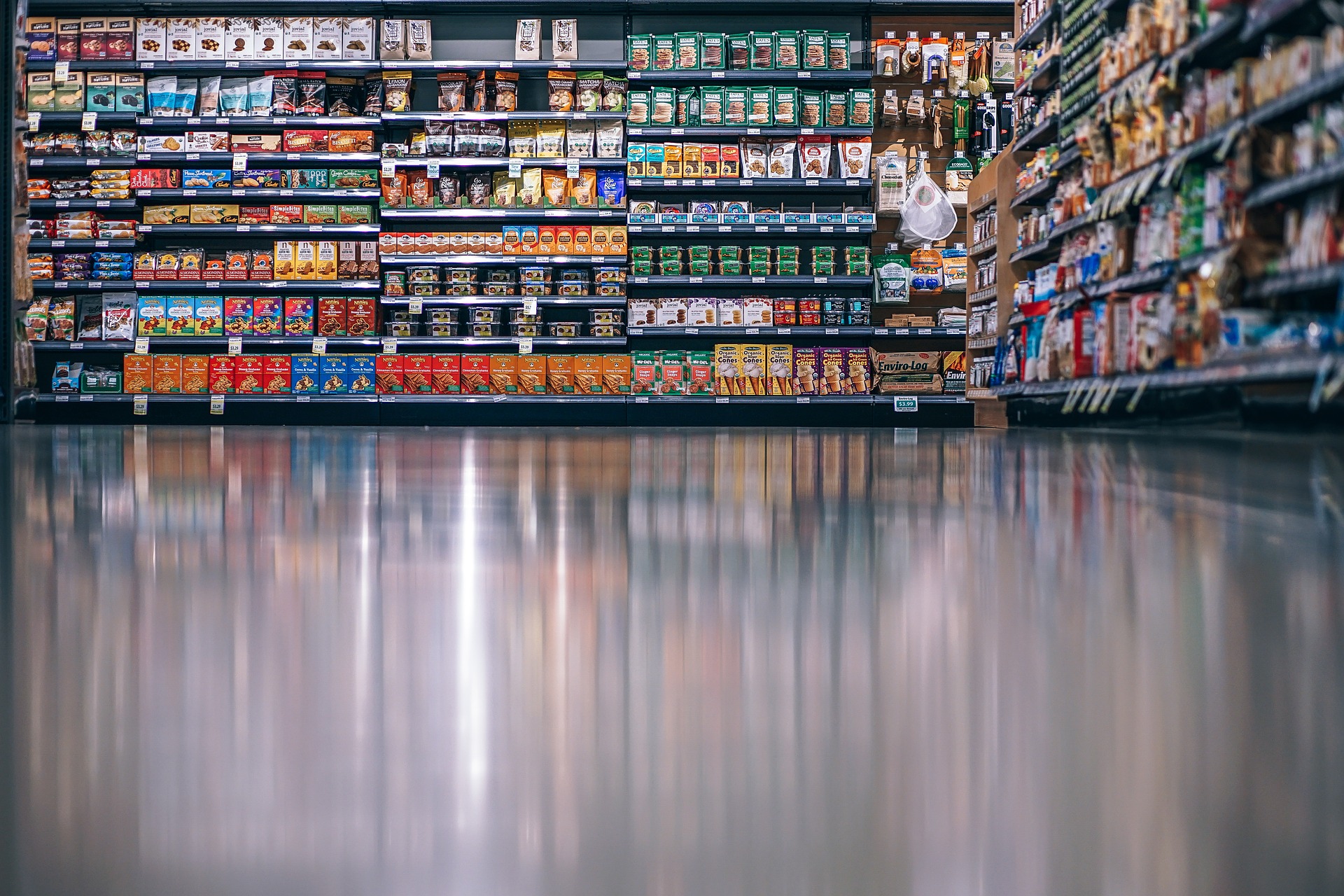Trends to watch in the Food & Beverage Sector

The Food and Beverage sector has seen many recent innovations which have helped to facilitate changes in the industry. Below, our team take a look at some of those trends, what they mean and the impacts they will have.
To appeal to consumer demands and demands for hygiene, new processing and packaging techniques have been trialled and implemented. The one most spoken about is the use of high-pressure processing (HPP). (HPP is a low-temperature pasteurization technique, and it is now being used for more natural applications, such as naked juice, ice cream and cookie dough. The process is best as a final surface kill step for any bacterial contamination that may have been picked up during processing.) There are some challenges such as equipment expense however it is expected that the wider adoption of HPP processing in the next 12 months will help to drive down processing costs through continued development and innovation.
As well as food packaging, pet food is seeing a significant change with refrigeration becoming more prominent to maintain freshness and quality. Furthermore, consumer demand is requesting more raw pest food which requires special handling so microbial contamination does not occur.
There is also growing customer pressure for sustainability, particularly packaging and products, with many requesting the food industry continues to innovate to eliminate any single-use plastics, as well as reducing food waste. The difficulty lies within preserving food quality and safety whilst trying to reduce packaging and waste. Some businesses like Nestle and KraftHeinz have committed to using only recyclable, reusable or compostable packing by 2025 and many others are following suit in recognising that sustainability is more and more prevalent in purchaser decisions.
The retailers themselves are also helping to drive the change as well as new businesses who are upcycling from old packaging which has been seen to have many benefits including:
- Reducing food waste and greenhouse gas emissions
- Increasing the value of food that would otherwise be wasted
- Creating a more sustainable and resilient food system
The shortage of labour within the industry pre Covid-19, coupled with the pandemic hitting the sector incredible hard, has seen automation of processes driven forward, with some businesses finding ingenious ways to still output the same or higher numbers despite less staff. Automation itself also has many benefits including efficiency, better record tracking and also improved supply chain management.
Finally, you may also notice that information on your packaging, particularly in relation to health and health risks, is more prominent, with simpler packaging throughout. The drive towards minimally processed foods will also contribute to simpler ingredient lists with an understanding of the processing conditions linked to how food is kept at its most fresh.
As the above shows, there are some significant changes in the industry, predominantly focused on providing the consumers with a better service, whether that be packaging, freshness or speed of food from source to shelf. Chiorino is working hard with our customers to ensure they can continue driving performance and meeting the consumer demands with their products.
